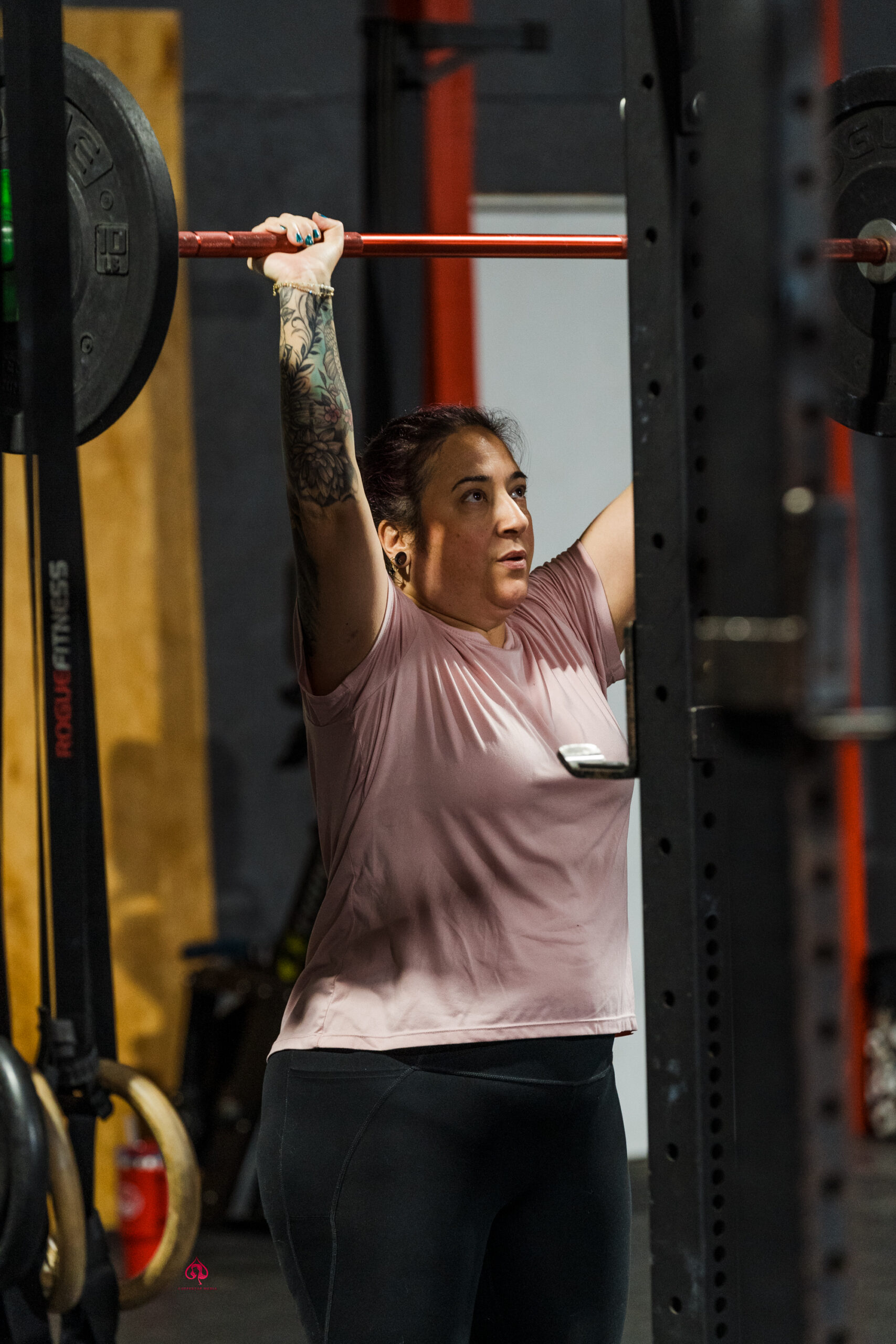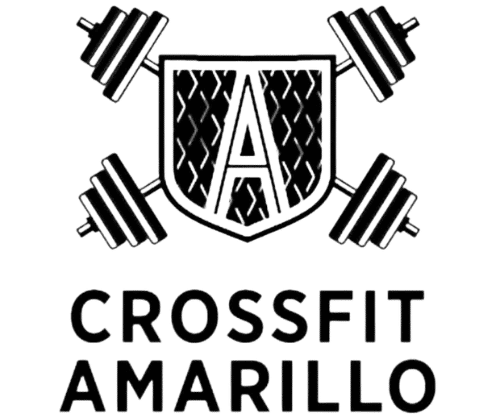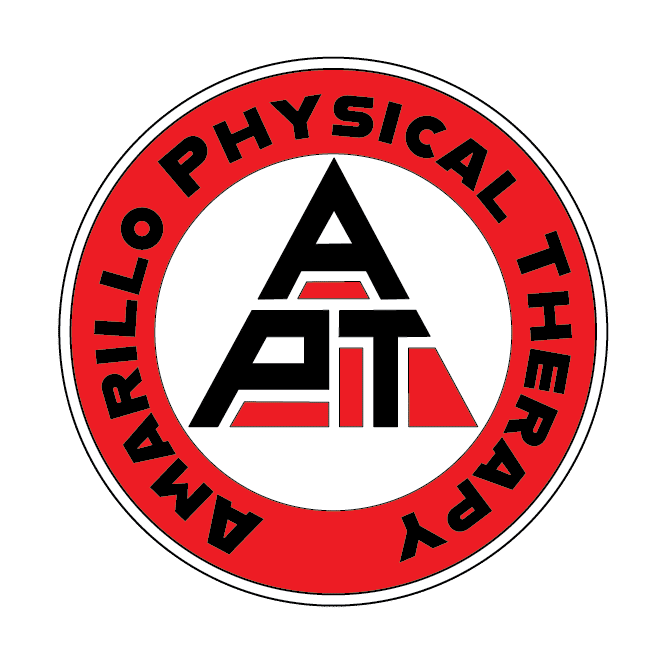At CrossFit Amarillo, we’re a strength and conditioning gym that’s all about real, lasting results, no matter your starting point. We coach everyone—from first-timers to seasoned gym-goers—on how to work out for life, not just a quick fix.
So, if you’re on a mission to build muscle, lose fat, and just feel stronger—and keep it that way for years to come— get ready, because we’re going to talk in-depth about why some popular fitness approaches, like those high-energy sweat sessions (Orange Theory and F45, for example) or gyms that outsource their programming from companies thousands of miles away, often fall short.
Spoiler: they’re usually more about packing memberships than building fitter, healthier people and we’ve got a little science to back it up.
Muscle Gain: Why High-Intensity Trends Fall Short
Building muscle isn’t just about moving fast or feeling the burn. It’s about progressive overload—steadily increasing the challenge to your muscles over time.
A 2023 study in the Journal of Strength and Conditioning Research put this to the test. They had one group lift heavier weights—around 70-80% of their max—at a controlled pace, while another did high-intensity circuits with lighter loads, like you’d see in many trendy classes. After 12 weeks, the heavy lifters gained 1.2 kg of lean muscle mass.
The circuit group? Just 0.4 kg.
Why?
Muscle growth needs tension and recovery, not a whirlwind of light reps. Generic programs from far-off fitness HQ often skip this, focusing on volume over substance—leaving your gains stuck in neutral.
Fat Loss: Beyond the Calorie Burn Hype
Fat loss is the holy grail for a lot of us, and those high-octane sessions love to tout huge calorie burns—500, 600, even 700 in an hour.
Sounds tempting, right? But here’s the rub: sweat doesn’t equal fat loss.
Side note: That’s a big reason we’re not a huge fan of calorie burn counters on watches, but that’s a story for another time.
A 2023 article that compares the effect of High-Intensity Interval Training vs Moderate-Intensity Continuous Training found that high-intensity workouts—like the kind churned out by boot camp classes and those without an intentional strength periodization—were no better than moderate exercise for fat loss when calories burned were equal.
The real kicker? Diet drove the results.
Interested in optimizing your time in the gym with a personalized nutrition approach? Text “Nutrition” to 806-404-0888.
Strength Building: Missing the Foundation
Strength isn’t just for show—it’s what keeps you moving well, whether you’re hauling boxes or keeping up with life. But a lot of these popular workouts, especially ones designed by folks who’ve never set foot in your town, prioritize endurance or calorie burn over real strength.
Why? Because it sells memberships.
Structured strength training with heavy lifts—like squats and deadlifts—rules for muscle building, and research backs it up. A 2019 study in Frontiers in Physiology showed that 8 weeks of multi-joint exercises at 70-80% of max load boosted leg strength by over 20% and packed on lean mass, thanks to hitting big muscle groups with serious weight.
Steady, heavy, and progressive > frantic free-for-all.
Compare that to those 60-minute low-weight, high-intensity classes, churning through light dumbbells or bodyweight circuits. The same study found lighter, single-joint moves—think endless high-rep isolation—barely pushed strength past 10%, even with equal effort. Why? You’re capped by low loads and no real recovery, chasing exhaustion instead of the deep stimulus that builds muscle and power.
That’s not how you get strong—it’s how you get stuck.
Burnout: The Cost of Overdrive
Let’s talk burnout, because it’s real.
Those “go hard or go home” vibes might feel motivating at first, but they’re brutal over time. A Journal of Exercise and Nutrition study found that hammering “higher exercise intensities, especially prolonged aerobic efforts (e.g., >60% VO₂max for >60 minutes), significantly elevate cortisol levels.” Cortisol’s that stress hormone that leaves you wired but tired—sound familiar?
However, on the flip side, the article references a study of “short sprint protocols with rest in-between,” stating “no significant increase in cortisol production.” This is the clearest indication that short bursts with sufficient rest may minimize cortisol spikes, unlike longer or more frequent high-intensity efforts.
Essentially, when your workout’s designed by someone who doesn’t know your schedule, your stress, or your community, it’s a recipe for crashing.
That’s exactly why at CFA we program with longevity in mind, with mixed modalities and intervals, regularly scheduled deloads, and aerobic conditioning days that ask you to tone it down, pace yourself, and “grease the groove”.
Programs that treat you like a membership number instead of a person don’t care if you’re still standing a year from now. They’re banking on the churn, not your success.
So, what’s the takeaway from all of this?
Research keeps pointing to the same truth: fitness that lasts blends strength, recovery, and personalization.
If you’re after muscle gain, fat loss, or strength, those trendy sweat sessions or generic programs from distant companies aren’t the answer. They’re built for quick wins—pack the gym, cash the checks—not for helping you thrive years down the road. The science is clear: heavy lifts grow muscle, diet drives fat loss, strength needs focus, and sustainability beats burnout every time.
At CrossFit Amarillo, we’re not here to sell you a gimmick. We’re a strength and conditioning gym that meets you where you are—beginner or seasoned athlete—and teaches you how to work out for results that last.
No outsourcing, no one-size-fits-all. Just solid, research-backed training, rooted right here in our community.
Want to dig deeper into what works for you? Come chat—we’re all about figuring it out together.



